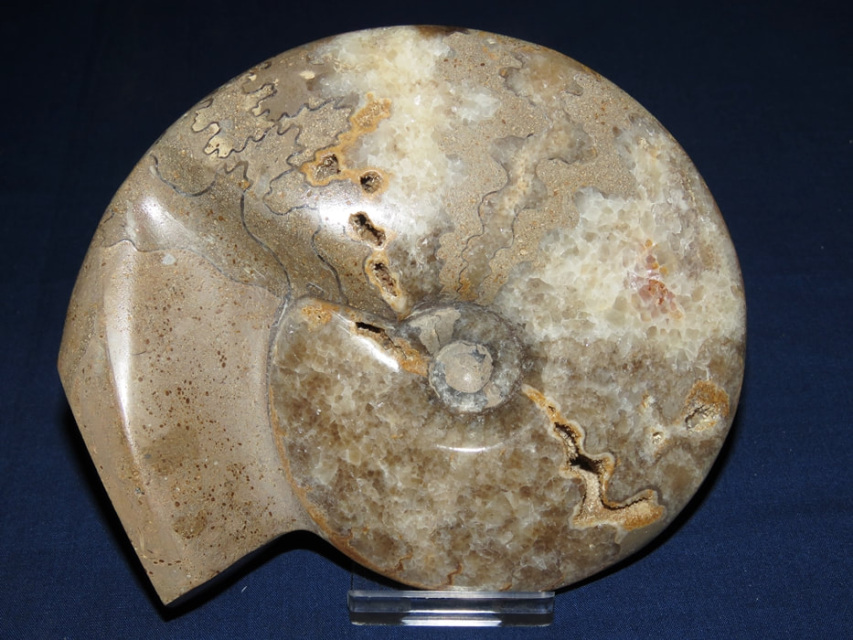

Some exemplar oolitic limestone was formed in England during the Jurassic period, and forms the Cotswold Hills, the Isle of Portland with its famous Portland Stone, and part of the North York Moors. ( January 2023) ( Learn how and when to remove this template message) You may improve this section, discuss the issue on the talk page, or create a new section, as appropriate. The examples and perspective in this section may not represent a worldwide view of the subject. Because of its extremely small grain size, oolitic sand has a lot of surface area, which promotes high bacterial growth. This unusually smooth sand promotes the growth of bacteria, which are important biofilters in home aquaria. Also known as "oolitic" sand, the sugar-sized round grains of this sand pass easily through the gills of gobies and other sand-sifting organisms. Oolites are often used in the home aquarium industry because their small grain size (0.2 to 1.22 mm) is ideal for shallow static beds and bottom covering of up to 1" in depth. The size of the oolites reflect the time that they were exposed to the water before they were covered with later sediment. The oolites are commonly found in large current bedding structures that resemble sand dunes. Strong intertidal currents wash the 'seeds' around on the seabed, where they accumulate layers of chemically precipitated calcite from the supersaturated water. The mechanism of formation starts with a small fragment of sediment acting as a 'seed', such as a piece of a shell. They are usually formed in warm, supersaturated, shallow, highly agitated marine water intertidal environments, though some are formed in inland lakes. Oolitic hematite occurs at Red Mountain near Birmingham, Alabama, along with oolitic limestone. Dolomitic and chert ooids are most likely the result of the replacement of the original texture in limestone. Ooids are most commonly composed of calcium carbonate ( calcite or aragonite), but can be composed of phosphate, clays, chert, dolomite or iron minerals, including hematite. The term oolith can refer to oolite or individual ooids. Strictly, oolites consist of ooids of diameter 0.25–2 millimetres rocks composed of ooids larger than 2 mm are called pisolites. Oolite or oölite (from Ancient Greek ᾠόν (ōión) 'egg stone') is a sedimentary rock formed from ooids, spherical grains composed of concentric layers. You can still use the timestamps to show you each location for each day.Thin-section of calcitic ooids from an oolite within the Carmel Formation (Middle Jurassic) of southern Utah
Oolite arrowhead update#
** UPDATE ** All the fixed locations of each arrowhead, sorted for Cycle 1, 2, 3, 4, 5 & 6 can now be seen below. You can view the video to find the locations, or keep reading to find a list of each individual Arrowhead along with a timestamp to help you locate it.
Oolite arrowhead series#
Thankfully, the kind folk at GTA Series Videos have pulled together a YouTube clip with each location, making this a whole lot easier. To make it even more confusing, the locations move on three-day cycles. There is a fixed spawn location for each item, which changes every day at 12am GMT (8pm ET/5pm PT). And if that wasn’t enough, they change location every day.

You’ve got to locate 36 separate items across the map. One of the numerous missions Collectors can undertake is finding the Arrowheads in Red Dead Online. When you take the role as the Collector, you can find items and sell them off to Madam Nazar.Įach week you’ll be given a new set of Weekly Collectibles which you need to hunt down for Madam Nazar – who isn’t easy to find in herself.Īs a side note, if you want to find Madam Nazar, you can follow this link. Attention all explorers, there are many collectibles to uncover in Red Dead Online – and we’re here to help you.Īfter the Frontier Pursuits update last summer, players were treated to the opportunity to find hundreds of collectibles.


 0 kommentar(er)
0 kommentar(er)
